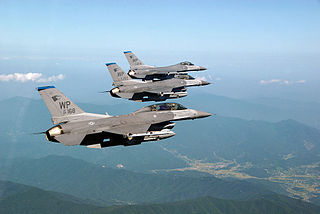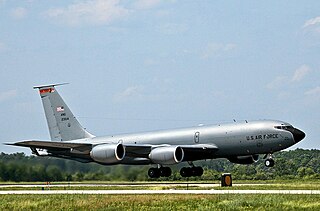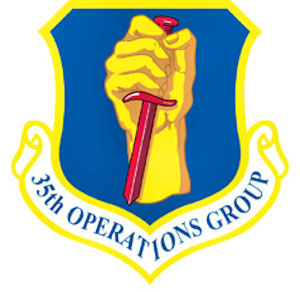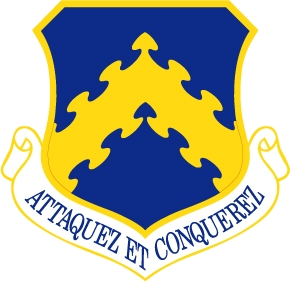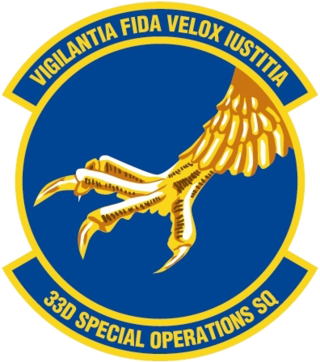| 35th Fighter Squadron | |
|---|---|
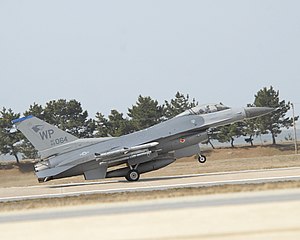 | |
| Active | 1917–1919; 1932–present |
| Country | |
| Branch | |
| Role | Fighter |
| Part of | Pacific Air Forces |
| Nickname(s) | Pantons Cyclone's Flying Circus[ citation needed ] |
| Motto(s) | First to Fight [1] |
| Colors | Blue[ citation needed ] (25 January 1980 – present> [2] |
| Mascot(s) | Bill! The Cat[ citation needed ] |
| Engagements | World War I Southwest Pacific Theater Korean War Vietnam War [1] |
| Decorations | Distinguished Unit Citation Air Force Outstanding Unit Award Philippine Presidential Unit Citation Republic of Korea Presidential Unit Citation Republic of Vietnam Gallantry Cross with Palm [1] |
| Commanders | |
| Current commander | Lt. Col. Christopher E. High |
| Notable commanders | Maj. Emmett "Cyclone" Davis Maj. Robert R. Scott |
| Insignia | |
| 35th Fighter Squadron emblem (approved 7 November 1932) [1] |  |
The 35th Fighter Squadron is a United States Air Force unit, assigned to the 8th Operations Group, stationed at Kunsan Air Base, South Korea. The squadron operates the General Dynamics F-16 Fighting Falcon aircraft conducting air superiority missions.
Contents
- History
- World War I
- Inter-war years
- World War II
- Korean War
- Pacific Air Forces service
- Lineage
- Assignments
- Stations
- Aircraft
- See also
- References
- Notes
- Bibliography
- External links
The 35th FS is one of two squadrons of Block 40 F-16C/Ds at Kunsan, flying the Fighting Falcon since 1981. The 35th is one of the oldest squadrons in the United States Air Force, its history dating to 12 June 1917, when the unit was activated as the 35th Aero Squadron. [1]








